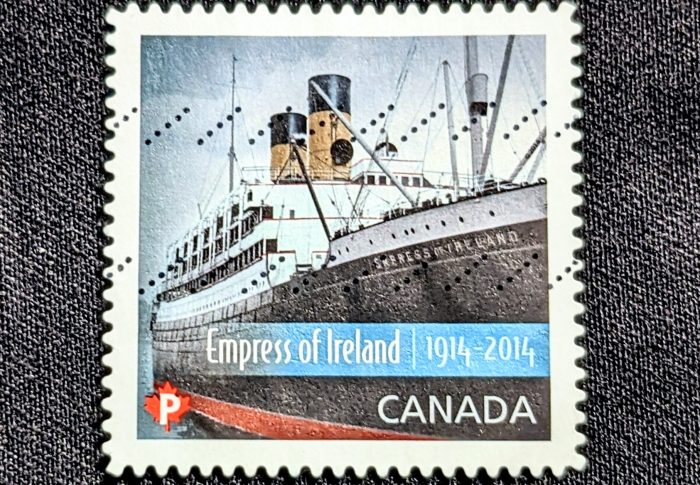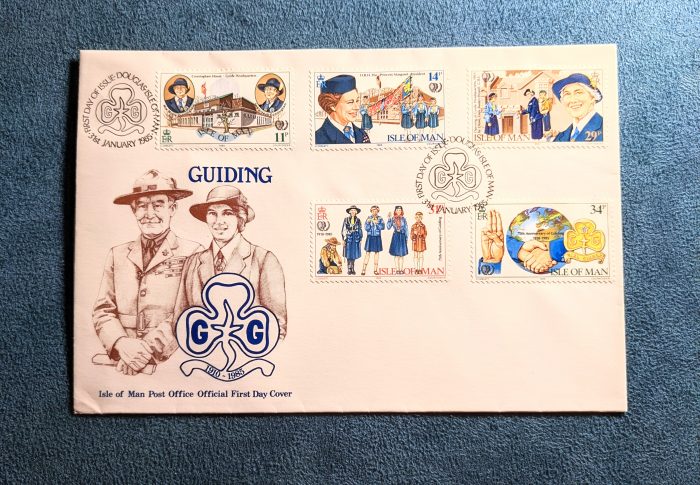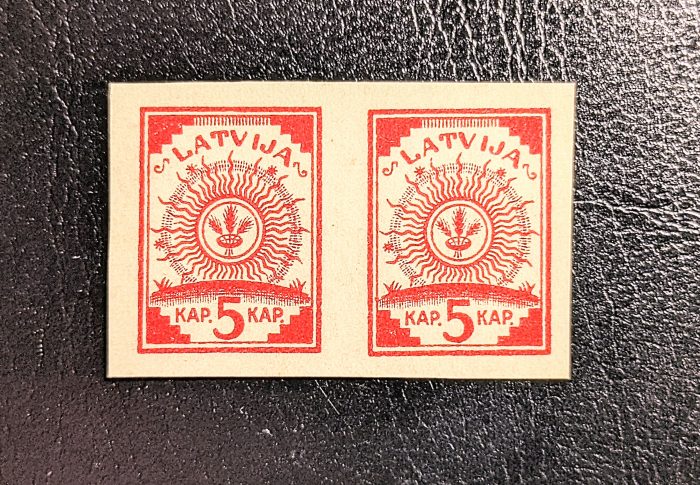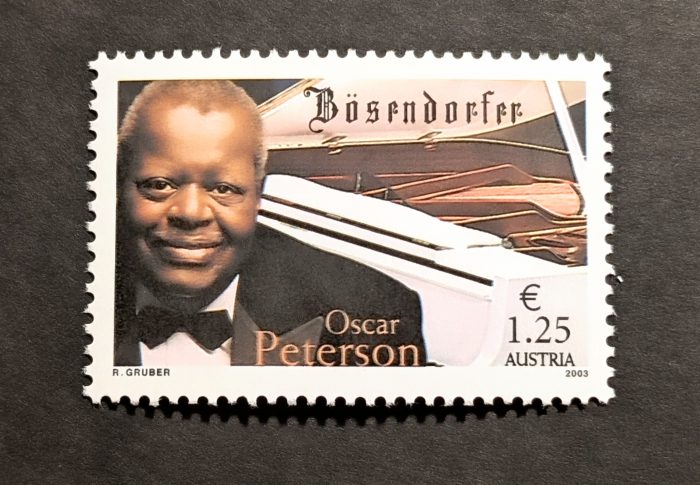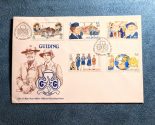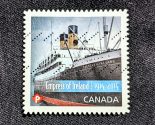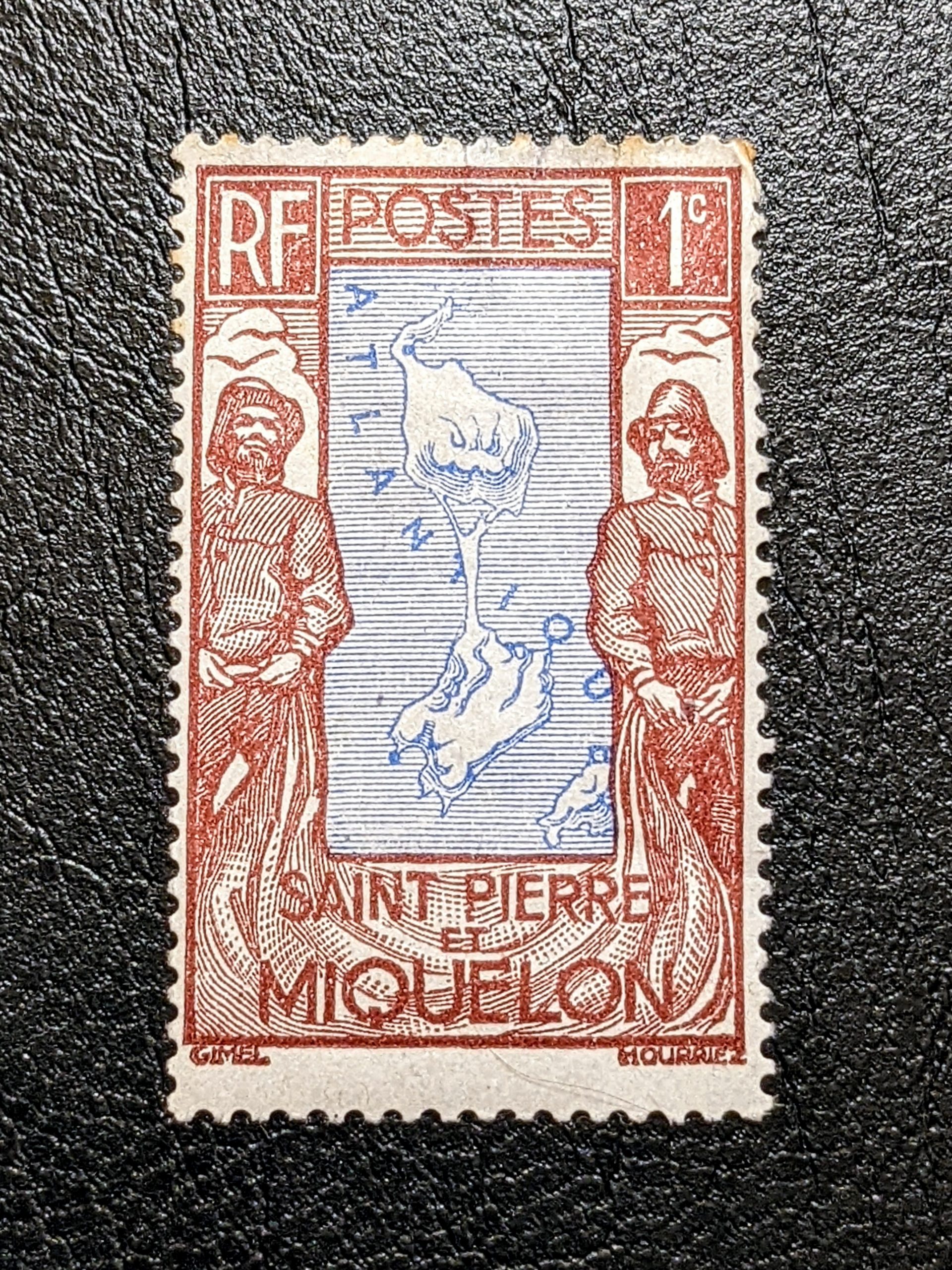
Geography Lesson: Saint Pierre and Miquelon
One of the things that happen when you become a philatelist is that you become a bit of an expert on geography and geographical history. It seems rather obvious. You see so many stamps from countries that either no longer exist or exists in new forms due to the forces of history. But also thanks to those historical forces, there are many places that exist in an interesting middle ground. They have a country that they technically “belong to” but they’ve kept their right to do a lot of their own administration such as issuing their own stamps. I posted earlier on the SEAPAC stamps which include places such as Jersey, Aland, and Vatican City but that just covers small states in Europe. There are so many of these small administrations and in this post, I’m going to cover a new discovery for me. One that I can’t believe that I never heard of until this year.
The islands of Saint Pierre and Miquelon can be found in the Gulf of St Lawrence near the entrance of Fortune Bay south of Newfoundland. They are 242 km2 (93 sqmi) and have a population of 6008 people according to a 2016 census. “So what?”, I hear you say. Well, these little islands don’t belong to Canada. They’re a self-governing territorial overseas collectivity of France. Yes, this is the last remnant of what was once New France.
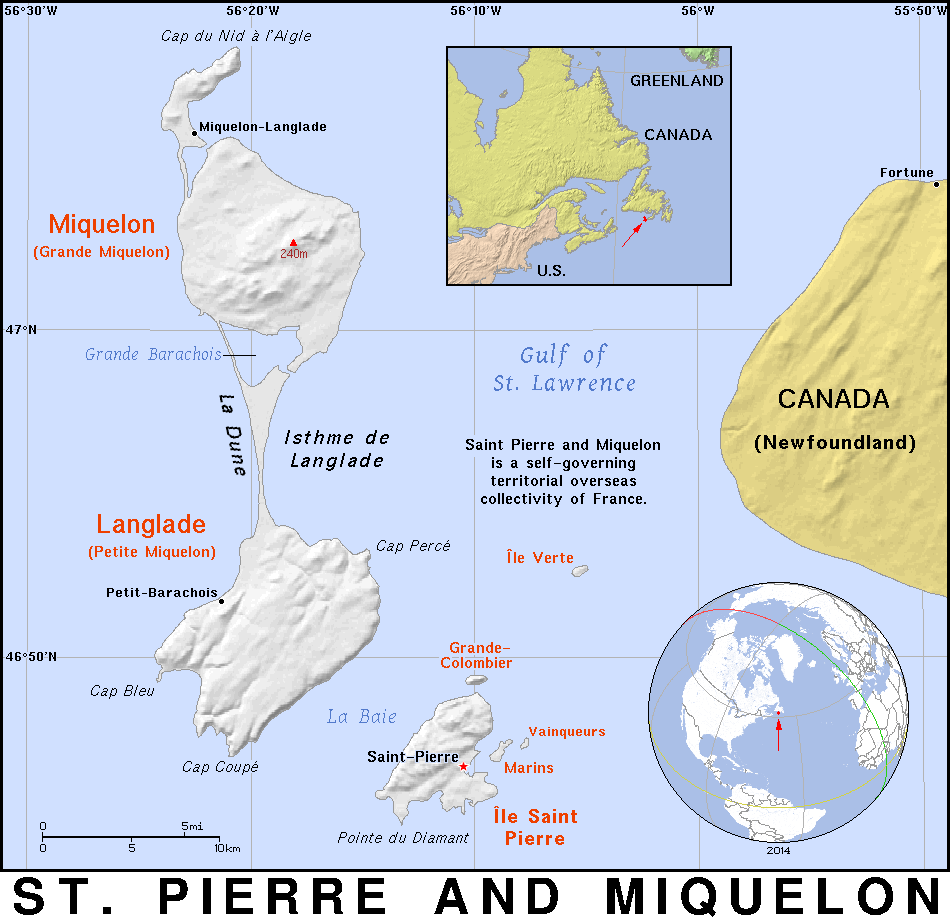
While there is evidence that First Nations peoples such as the Beothuk and Mi’kmaq knew and visited the islands, they had no permanent settlements. On October 21, 1520, Joao Alvares Fagundes was the first European (that we know of) to see the islands which he named “Eleven Thousand Virgins”. It wasn’t until 1579 that it was renamed for Saint Peter, the patron saint of fishermen. The name “Miquelon” is the Basque version of Miguel or Michael but I can’t seem to find out why they chose this particular name. At least it’s better than Elleven Thousand Virgins but maybe that’s just me!
The islands didn’t see their first permanent settlements until the end of the 17th century with 4 residents recorded there in 1670 and 22 in 1691. But France ceded the isles to the British in 1713 as part of the Treaty of Utrecht which ended the War of Spanish Succession. The French were allowed to continue fishing there though until 1778 in retribution for the islanders supporting the US during their Revolutionary War. The British gave the now uninhabited islands back to the French in 1816 and was quickly reinhabited by mainly people from the Basque Country, Brittany, and Normandy.
In the 20th century, residents of the tiny islands contributed to the war effort during World War I sending over 400 men to fight; 25% never returned home. During the US prohibition of alcohol, the islands were a popular stop for rum runners.
By 1946, Saint Pierre and Miquelon officially became a French Overseas Territory. The citizens elect a deputy to the National Assembly and participate in senatorial and presidential elections. In 1992, the islands were involved in a Maritime boundary complaint with Newfoundland, specifically over cod fishing. While the issue was settled, Frace only got 25% of what they asked for.
The philatelic history of Saint Pierre and Miquelon goes back quite far. Starting in 1859, French stamps with “SPM” overprinted were being used on the islands. In 1885, they finally had their own stamps. Unfortunately, I have only found one stamp from the islands. This 1932 stamp is a 1c definitive in red and blue. In the top left, we see the “RF” for the Republic of France that is on all French and French territory stamps. The fishermen on either side of the map leave no doubt as to the trade most commonly practiced on the islands.
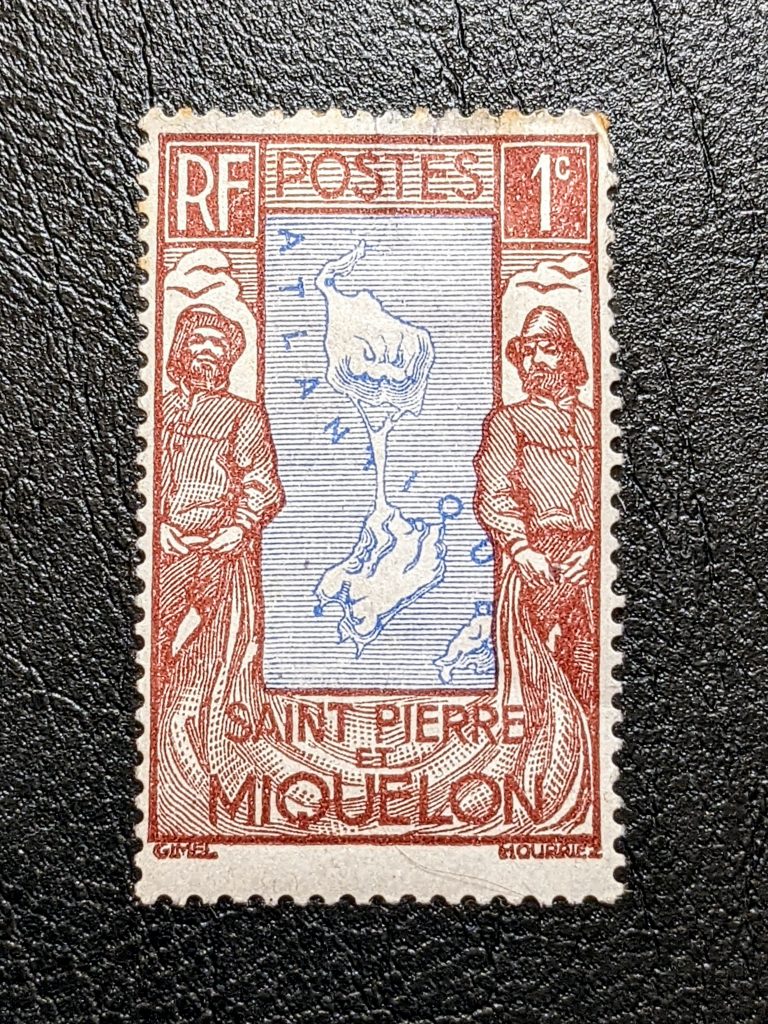
There’s one last bonus fact that I’d like to share about these little islands. The one and only execution by guillotine in North America happened on Saint Pierre and Miquelon. Fishermen Auguste Neel and Louis Ollivier were out drinking on the night of December 30th, 1888 while on leave and decided to sneak into a boat captain’s cabin. The captain, however, was ready and armed to defend himself which was not what the two soused fishermen were expecting. There was a brawl and the captain was stabbed to death.
Unfortunately for the pair, they did this during a time of a crimewave. The jurors were also horrified by the details of the post-mortem. Ollivier was given 10 years hard labour but Neel was seen as the ring leader and therefore was sentenced to death by guillotine. The trouble was that the islands didn’t actually have a guillotine so one was specially shipped for the execution. A local criminal was recruited to do the execution as no one else could be found. The execution apparently had quite an effect on the people though as it was never used again and the prosecutor never sought such a sentence for the rest of his career. Today, the guillotine can be seen in the Musee de l’Arche on Saint Pierre.
This is truly a fascinating little place!
Sources:
- http://www.spm-tourisme.fr/index.php?L=1
- https://en.wikipedia.org/wiki/Saint_Pierre_and_Miquelon
- https://www.newfoundlandlabrador.com/trip-ideas/travel-stories/5-really-cool-things-about-saint-pierre-and-miquelon
- https://www.stamp-collecting-world.com/stpierreandmiquelonstamps.html#:~:text=First%20Stamps%20of%20St%20Pierre,French%20Centimes%2C%20as%20shown%20above.
- https://www.lapostespm.net/
- https://www.executedtoday.com/2012/08/24/1889-auguste-neel-on-st-pierre/

